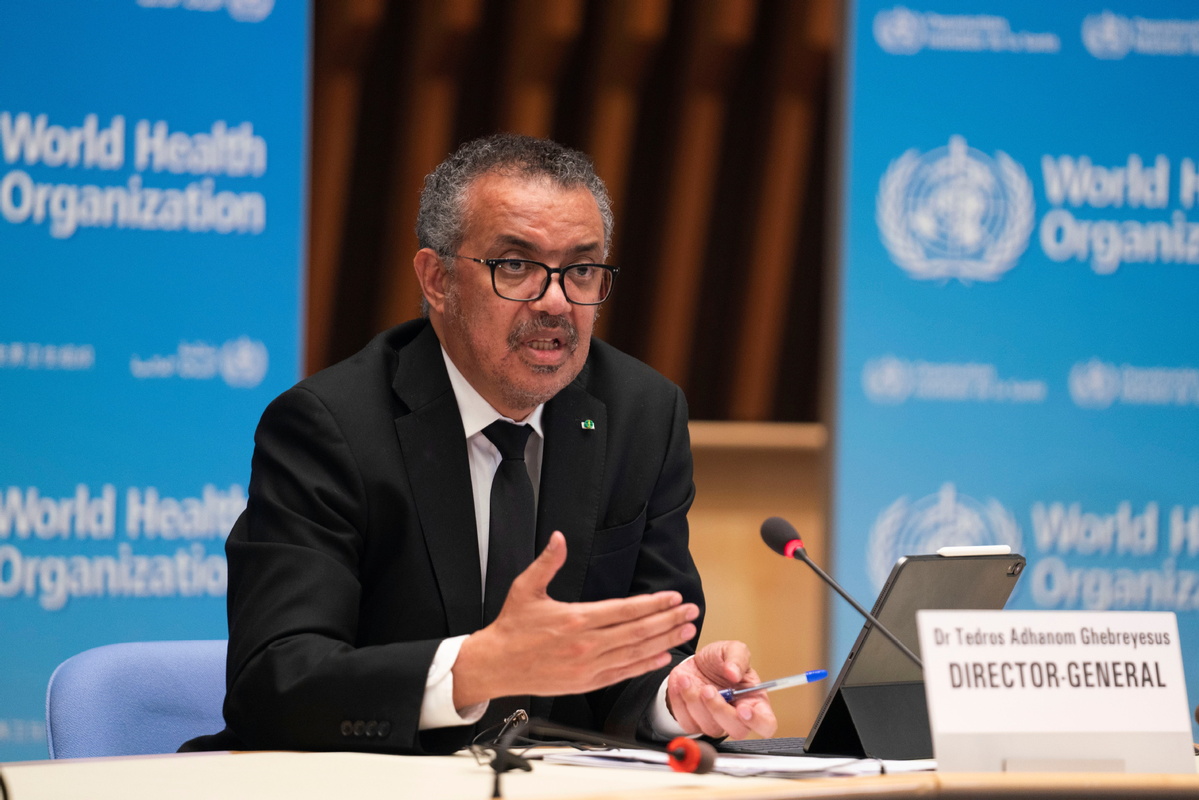WHO expects 'post-COVID condition' to affect many globally
Xinhua | Updated: 2021-02-13 07:32

GENEVA - World Health Organization (WHO) Director-General Dr. Tedros Adhanom Ghebreyesus said here on Friday that given the scale of the current COVID-19 pandemic, the WHO expects many people to be affected by "post-COVID condition," also referred to as "long COVID."
Speaking at a virtual press conference, he also said that the best way to prevent this condition is to prevent COVID-19 in the first place.
According to the WHO chief, earlier this week the WHO held a global meeting of patients, clinical experts and other stakeholders to advance the understanding of "long COVID".
This meeting, the first in a series, focused on agreeing on a clinical description of the condition, which will be important for experts to diagnose and treat it, Tedros said.
"Long COVID" affects patients with both severe and mild COVID-19, Tedros said. "Part of the challenge is that patients with long COVID can have a range of different symptoms that can be persistent or can come and go."
Dr. Janet Diaz, an expert with the WHO's Health Care Readiness team, said at another press conference here that the post COVID-19 condition was a heterogeneous group of symptoms that could occur up to six months after the illness.
According to the expert, reports showed that the most common symptoms were fatigue, post-exertional malaise and cognitive disfunction sometimes described as "brain fog".
Shortness of breath, coughing, mental and neurological complications have also been reported, she said.
Dr. Diaz explained that patients experiencing this condition "could have been hospitalized patients," but also those with mild symptoms, who were treated in ambulatory settings.
"There is still a need to better understand this condition. It is not yet clear who is most at risk, and why it is happening in the first place," she said.
























